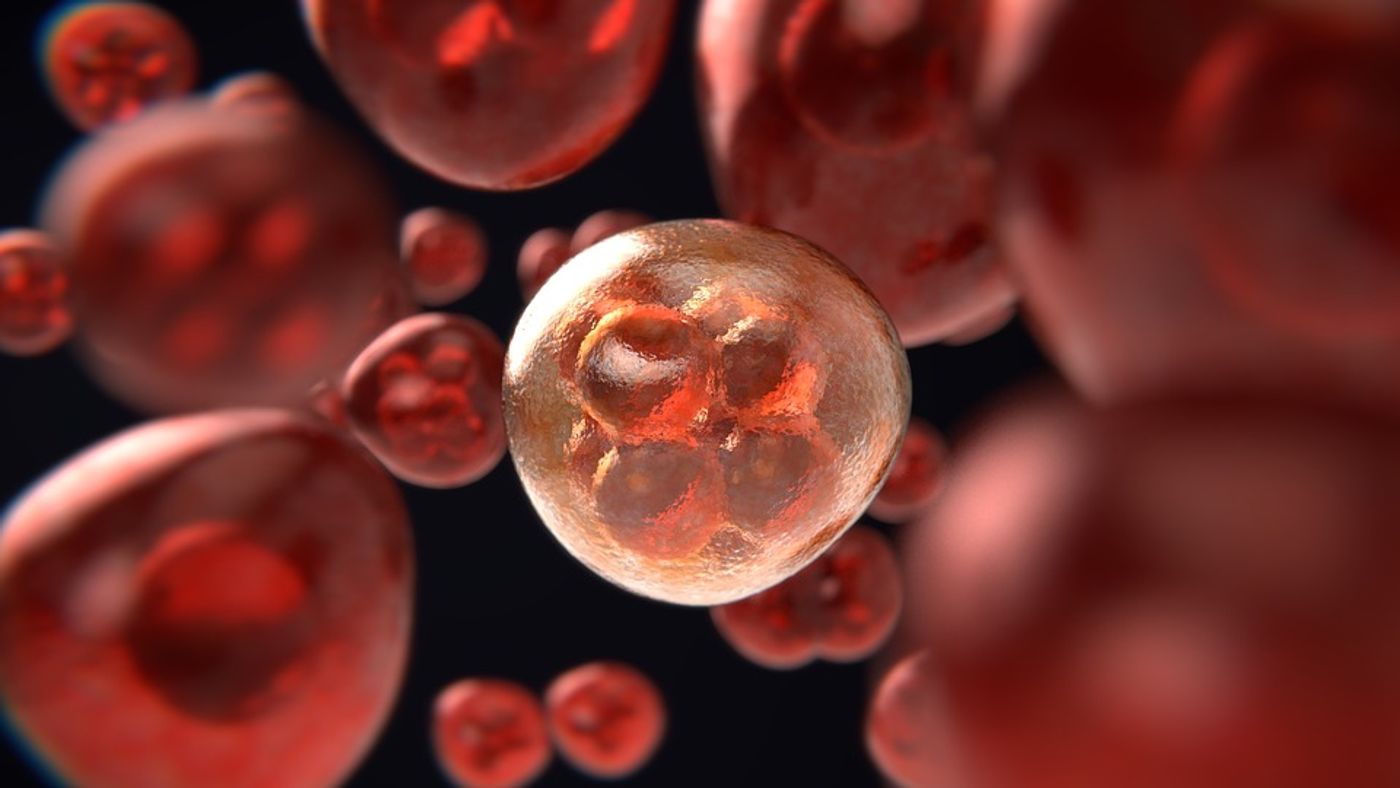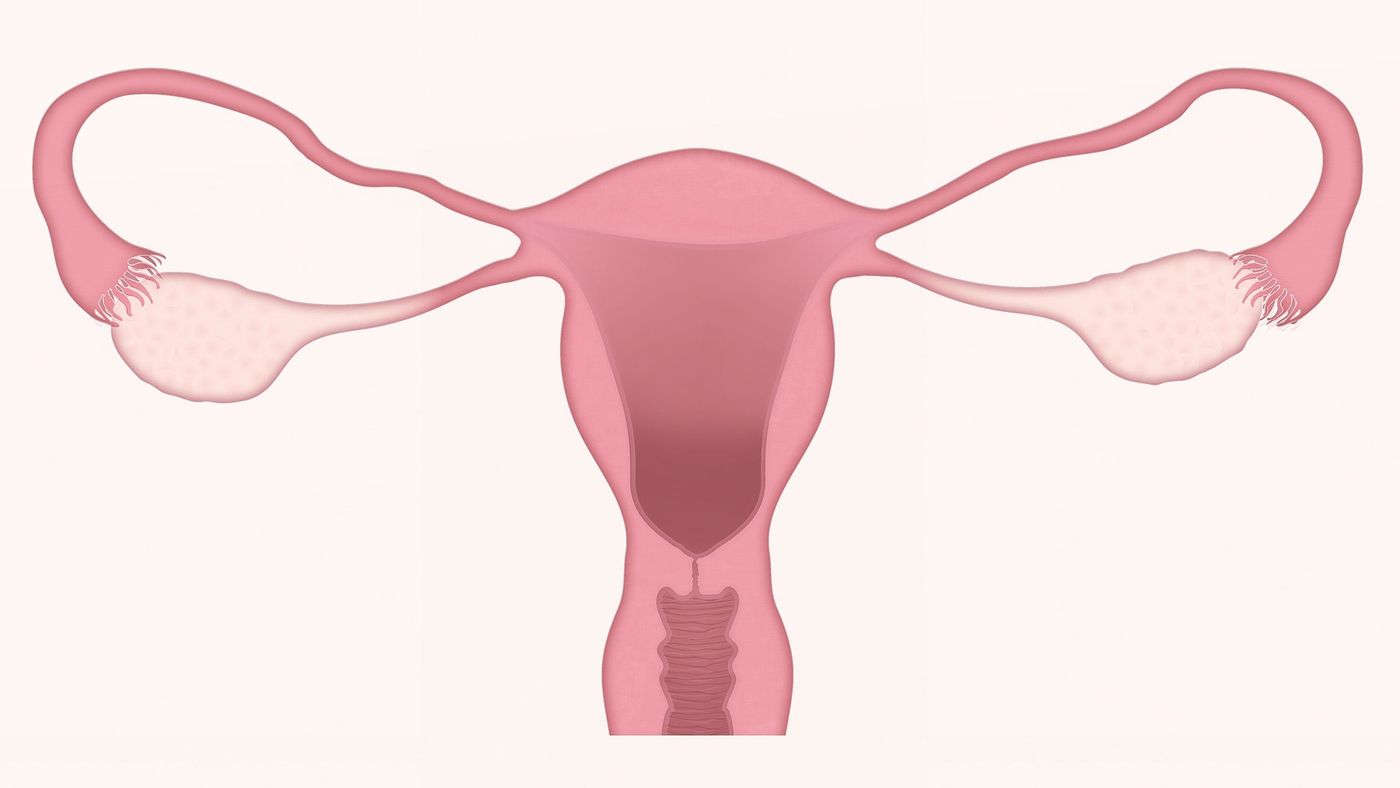This Ovarian Cancer Drug Prolongs Life
Niraparib is a drug and a PARP inhibitor that targets cancer cells without harming others. PARP inhibitors keep PARP -- proteins that fix damaged DNA in cancer cells -- from doing their job. When PARP inhibitors work well, cancer cells’ cannot repair themselves and can die. These inhibitors are especially effective in ovarian cancer patients who have BRCA mutations. This is because women with these mutations have a condition called homologous recombination deficiency, in which cancer cells struggle to repair mistakes made in the process of dividing. PARP inhibitors make the repair process even more difficult for the cancer cells. But, even some women without a BRCA mutation have homologous recombination deficiency, so they can benefit from a PARP inhibitor like niraparib, as well. Most women with ovarian cancer do not have the BRCA mutation.
A new study examines the effectiveness of niraparib for women without the BRCA mutation who have undergone multiple rounds of chemotherapy. The study found a longer survival time was possible for these patients.
"There haven't been a lot of studies done on patients without BRCA mutations who have received four, five, six or more lines of chemotherapy. That's who this trial sought to study,” Gynecologic oncologist Kathleen Moore, M.D., said. She is the associate director of clinical research at the Stephenson Cancer Center at OU Medicine and the lead author for the study, which was published in The Lancet Oncology in May 2019.
About 27 percent of the women in the study who responded to their last chemotherapy treatment responded well to niraparib, with an average of more than nine months until the disease grew or spread. Participants in the study had an overall survival time of more than 20 months. Moore points out that any extra time is important for people with cancer. It gives them the opportunity to have more life experiences and, potentially, to stabilize and try a different drug or a clinical trial.
“Our data support expansion of the treatment indication for poly(ADP-ribose) polymerase inhibitors to include patients with HRD-positive ovarian cancer beyond those with BRCA mutations,” the authors conclude.
Learn more about PARP Inhibitors in the video below.
Source: EurekAlert, The Lancet Oncology










